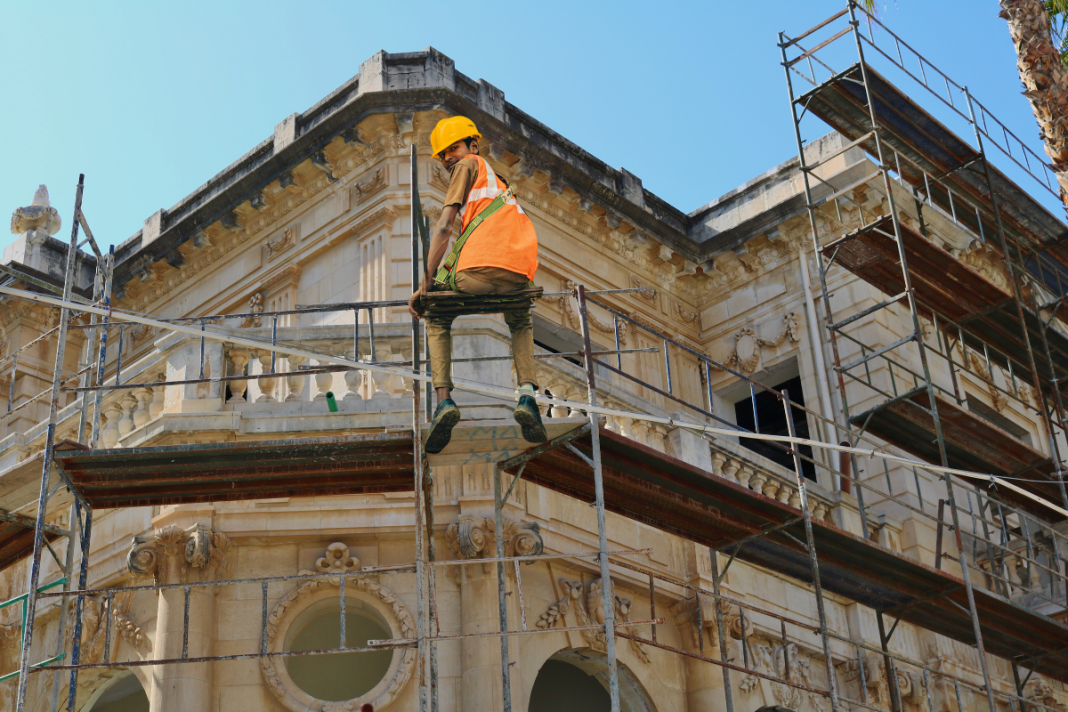The global restoration market will grow from $316 billion to $451 billion by 2035. But the work looks radically different depending on which side of the Atlantic you’re standing.
I compared heritage renovations in Belfast, Suffolk, the Cotswolds, and Bath against one in upstate New York. Same goal: preserve history, add modern function. Different results.
A 1924 Belfast home kept its stained glass, fireplaces, and corniced ceilings while gaining a contemporary kitchen. The upstate New York property embraced weathering and patina as design elements. Both honor their past. But UK renovators work within legal mandates while US developers chase tax incentives.
The regulatory framework shapes everything.
The UK Mandate System
The UK has approximately 400,000 historical buildings designated as listed buildings and buildings in conservation sites. Any work affecting a building’s character requires listed building consent.
Undertaking work without consent is a criminal offense.
Energy efficiency requirements include exemptions where compliance “would unacceptably alter the dwelling’s character or appearance.” Historical authenticity trumps contemporary performance standards.
Period features remain central. Modern elements integrate subtly.
The US Incentive Approach
Federal Rehabilitation Tax Credits provide a 20% credit on qualified rehabilitation expenses. Roughly half of all projects involve costs under $1 million, though projects scale from $250,000 renovations to multi-million dollar conversions. State tax credits and grants add further incentives.
No criminal penalties for unauthorized changes. Economic benefits reward preservation.
The focus shifts toward functional retreat space that respects but doesn’t rigidly preserve every detail. Aging becomes part of the aesthetic.
What This Means for Your Projects
UK projects face stricter constraints but clearer guidelines. US projects get more flexibility but navigate complex incentive structures.
The framework matters as much as the building. Mandate versus incentive changes planning, budgeting, and design from the start.
The renovations photograph identically. The regulatory paths are different professions.








